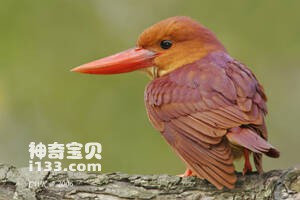
Halcyon coromanda
Halcyon coromanda,Ruddy Kingfisher
Halcyon coromanda, Ruddy Kingfisher, has 10 subspecies.The red jade is solit···
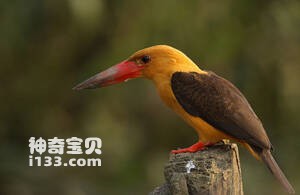
Pelargopsis amauropterus
Pelargopsis amauropterus,Brown-winged Kingfisher
Pelargopsis amauropterus, Brown-winged Kingfisher, has no subspecies.Brownwi···
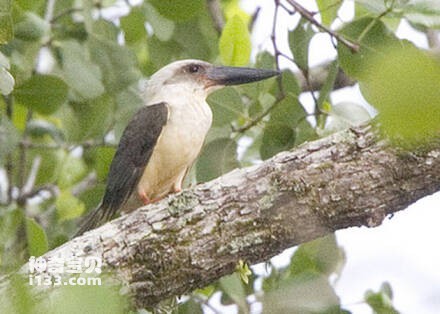
Pelargopsis melanorhyncha
Pelargopsis melanorhyncha,Black-billed Kingfisher,Great-billed Kingfisher
The scientific name Pelargopsis melanorhyncha, the foreign name Black-billed···
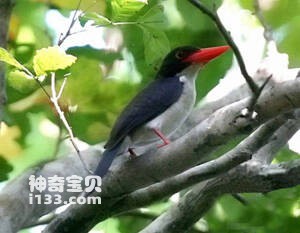
Caridonax fulgidus
Caridonax fulgidus,Glittering kingfisher
Glittering kingfisher The Glittering Kingfisher emerald has two subspecies a···
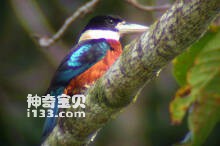
Dacelo gaudichaud
Dacelo gaudichaud,Rufous-bellied Giant Kingfisher,Rufous-bellied kookaburra
The Rufous-bellied Giant Kingfisher and Rufous-bellied kookaburra have no su···
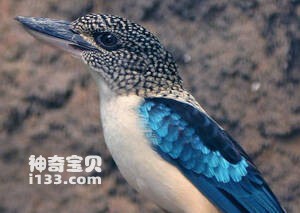
Dacelo tyro
Dacelo tyro,Spangled kookaburra,Aru Giant Kingfisher
The scientific name Dacelo tyro, the foreign name Spangled kookaburra, Aru G···
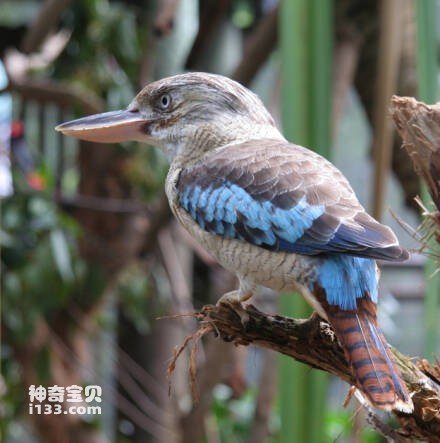
Dacelo leachii
Dacelo leachii,Blue-winged kookaburra
The Blue-winged kookaburra has four subspecies, Dacelo leachii and blue-wing···
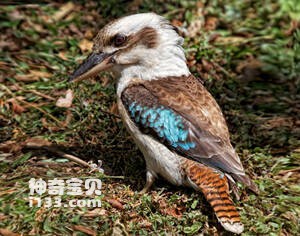
Dacelo novaeguineae
Dacelo novaeguineae,Laughing Kookaburra,Laughing Jackass
Laughing Kookaburra, Laughing Jackass and Dacelo novaeguineae have two subsp···
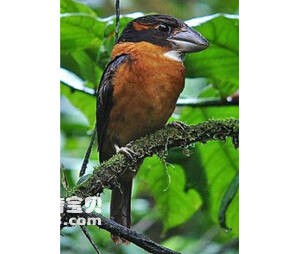
Clytoceyx rex
Clytoceyx rex,Shovel-billed Kingfisher,Shovelbilled kingfisher
The Shovel-billed Kingfisher has two subspecies, Clytoceyx rex and shovel-bi···
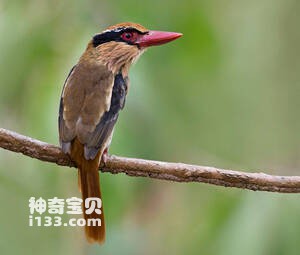
Cittura cyanotis
Cittura cyanotis,Sulawesi Blue-eared Kingfisher,Celebes flatbilled kingfishe
The species is known as Cittura cyanotis, Sulawesi Blue-eared Kingfisher, Ce···
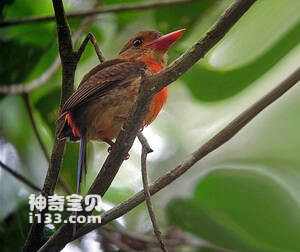
Tanysiptera danae
Tanysiptera danae,Brown-backed Paradise Kingfisher
Tanysiptera danae, Brown-backed Paradise Kingfisher, is a very beautiful kin···
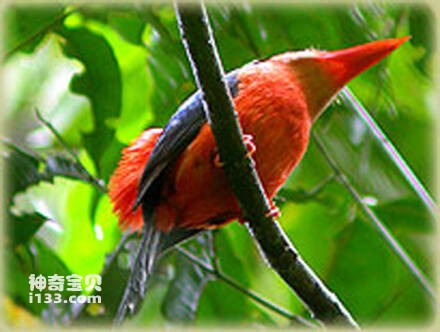
Tanysiptera nympha
Tanysiptera nympha,Red-breasted paradise kingfisher
Tanysiptera nympha, Red-breasted paradise kingfisher, is a brightly colored ···

Tanysiptera nigriceps
Tanysiptera nigriceps,Black-capped Paradise Kingfisher
Tanysiptera nigriceps, the foreign name Black-capped Paradise Kingfisher, th···
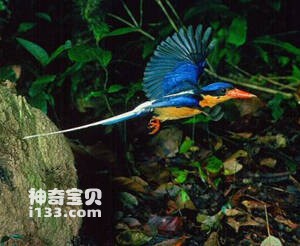
Tanysiptera sylvia
Tanysiptera sylvia,Buff-breasted paradise kingfisher
Tanysiptera sylvia, Buff-breasted paradise kingfisher, has 4 subspecies.A co···
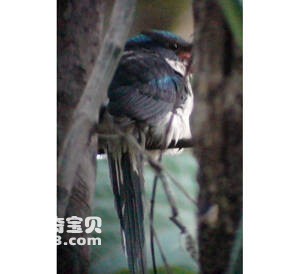
Tanysiptera hydrocharis
Tanysiptera hydrocharis,Little paradise kingfisher
The scientific name Tanysiptera hydrocharis, the foreign name Little paradis···
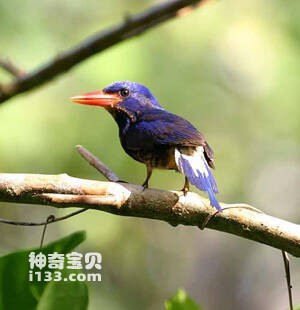
Tanysiptera carolinae
Tanysiptera carolinae,Numfor Paradise Kingfisher
Blue fairy jade scientific name Tanysiptera carolinae, foreign name Numfor P···
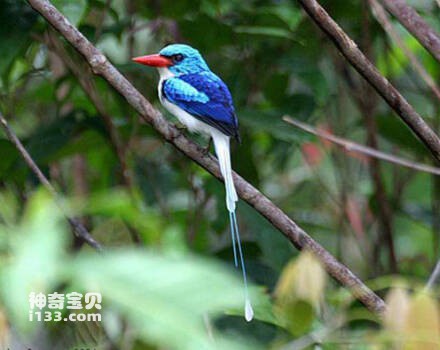
Tanysiptera riedelii
Tanysiptera riedelii,Biak paradise kingfisher,Riedel’s Racquet-tail,Biak Paradise-kingfisher
Biak emerald Tanysiptera riedelii, Biak Paradise kingfisher, Riedel's Ra···
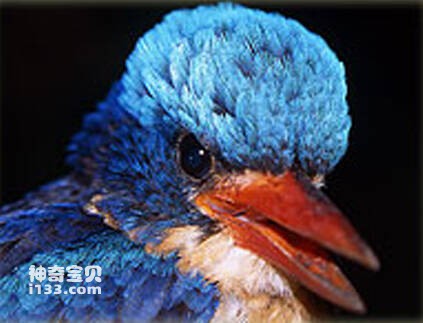
Tanysiptera ellioti
Tanysiptera ellioti,Kofiau Paradise-kingfisher
Black-winged emerald Tanysiptera ellioti, foreign name Kofiau Paradise-kingf···

Tanysiptera galatea
Tanysiptera galatea,Common Paradise-kingfisher
Tanysiptera galatea, Common Paradise-kingfisher, has 15 subspecies.The fairy···
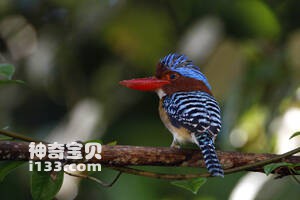
Lacedo pulchella
Lacedo pulchella,Banded Kingfisher
It is known as Lacedo pulchella and has three subspecies。The song of the ba···
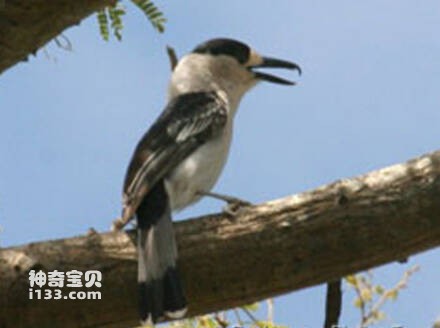
MeliMelidora macrorrhinadora macrorrhina
MeliMelidora macrorrhinadora macrorrhina,Hook-billed Kingfishe
MeliMelidora macrorrhinadora macrorrhina, also known as Hook-billed Kingfish···
